Finding Insights Into Various Forging Techniques
Author: SAIVS Date Published: Oct 16,2023
Forging is a manufacturing process that involves shaping metal by applying compressive forces.
There are several different forging processes, each with its own unique characteristics and applications.
Let's explore some of the common forging processes:
Open die forging is a versatile process that utilizes two flat or simple-shaped dies to shape the base material.
By applying repeated high-level compression or hammering, the material is formed into the desired shape.
Unlike Closed Die Forging, open die forging allows for lateral movement and can accommodate larger and heavier components.
Compared to other forging methods, open die forging minimizes material waste and produces final products
with consistent grain structures and high fatigue resistance. Industries such as aerospace and railway
rely on this process to manufacture large components like cylinders, rollers, and shafts.
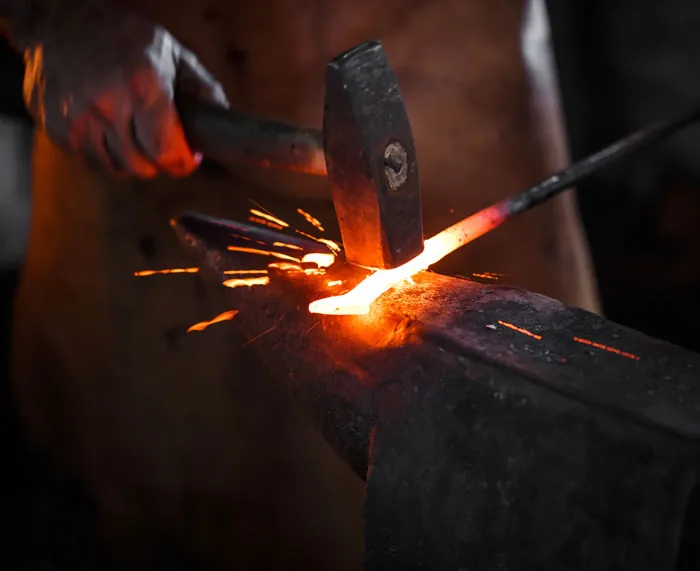
Impression Die Forging
Impression die forging, also known as closed die forging, involves shaping the material using fully enclosed dies.
The process requires significant compressive forces to ensure complete filling of the die cavities.
Impression die forged parts are typically smaller but exhibit tighter tolerances and higher-quality surface finishes.
This results in lower production costs for larger runs due to reduced secondary machining operations.
Automotive, mining, and oil and gas industries commonly use impression die forging for
precision parts like fittings, flanges, and engine components.
Cold forging encompasses various processes such as bending, cold heading, cold drawing, coining, and extrusion.
These methods create a wide range of parts with different designs without requiring heat treatment or expensive materials.
Compared to hot forging techniques, cold forging produces pieces with tight
tolerance dimensions and good surface finish quality. The automotive industry extensively uses cold
forgings for manufacturing components with complex geometries like steering/suspension
parts, braking components,axles clutches gears pinions.
Seamless Rolled Ring Forging
Seamless rolled ring forging employs curved dies (usually two opposing rollers) to shape ring-shaped
components continuously. This process ensures higher productivity levels along with lower production costs.
Rolled ring forged components exhibit superior surface finishes while providing exceptional durability.
They find applications in heavy mining equipment,such as aerospace engines,wind power generators and railway equipment.
Why Choose SAIVS™ as Your Supplier?
1.Superb Quality Control Management
At SAIVS, we take pride in our perfect quality management systems and procedures, which guarantees the excellent performance of all our producs, being a professional Investment Casting | Die Casting| Sand Castingmanufacturer in China.
2.Rich Production Experience
With 20 years of experience in production, SAIVS has a deep understanding of the market and trends, and strives for continuous research and innovation. This has created advantages in both the product's performance and appearance.
3.Competitive Prices
As a Chinese factory committed to becoming the most cost-effective Investment Casting | Die Casting| Sand Castingexporter in China, SAIVS provides high-quality products at advantageous prices. By lowering costs and increasing efficiency, we ensure that our customers receive the best possible value for their investment.
4.Perfect After-sales Service
At SAIVS, we strive to provide superior customer service that meets and exceeds expectations. We are always available for any questions or concerns you may have, and we stand by our commitment to providing excellent after-sales support.
Related Posts
-
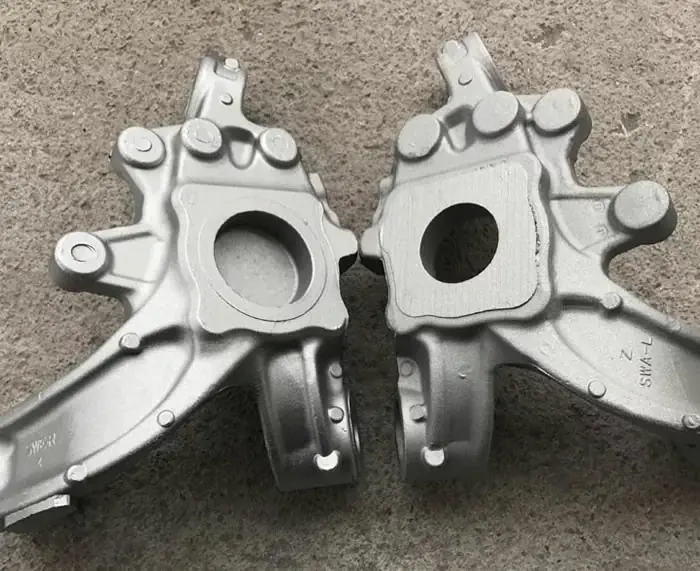
How Metal Oxide Films Affect the Quality of Aluminum Alloy Castings
Aluminum alloy casting is a critical process in modern manufacturing, widely used in automotive, aerospace, construction, and industrial machinery. However
-
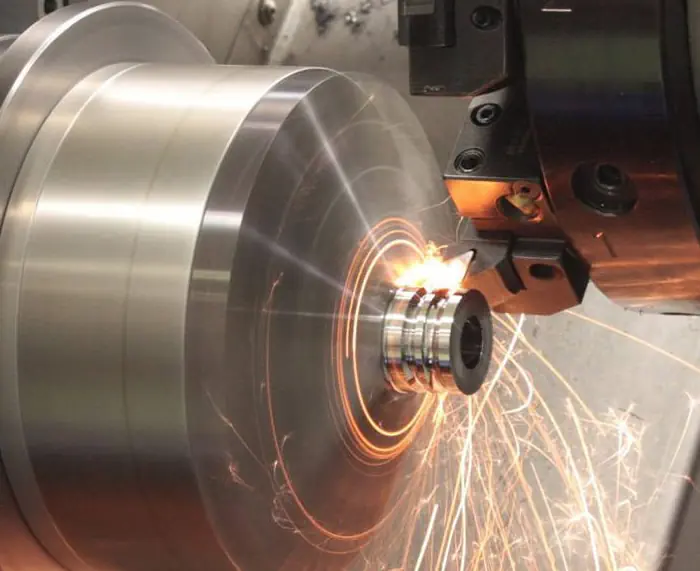
Maximizing Thread Cutting Efficiency with Indexable CNC Turning Tools
Maximizing Thread Cutting Efficiency with Indexable Thread Turning ToolsIn the world of CNC machining, selecting the right tools and cutting technology is
-
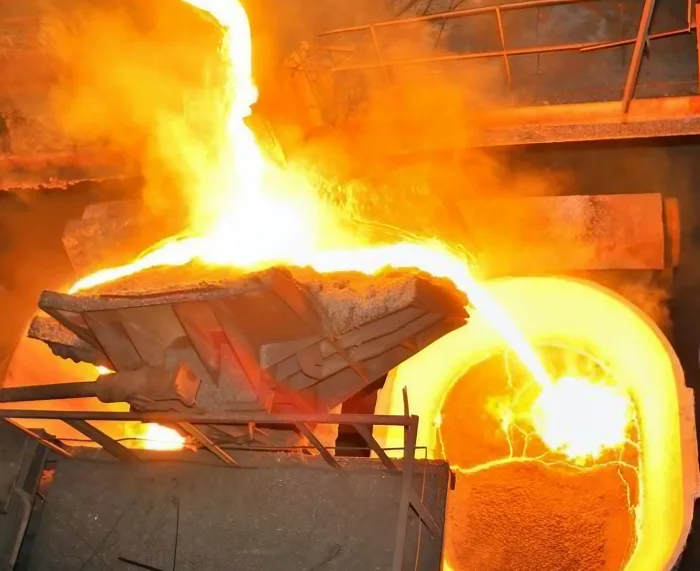
Advantages of Nickel Based Alloys in Investment Casting
Investment casting has been an ancient metalworking process,but it has seen modern innovations that make it a highly desirable method for manufacturing precisio...
-

Finding Insights Into Various Forging Techniques
Forging is a manufacturing process that involves shaping metal by applying compressive forces. There are several different forging processes, each with its own ...
-
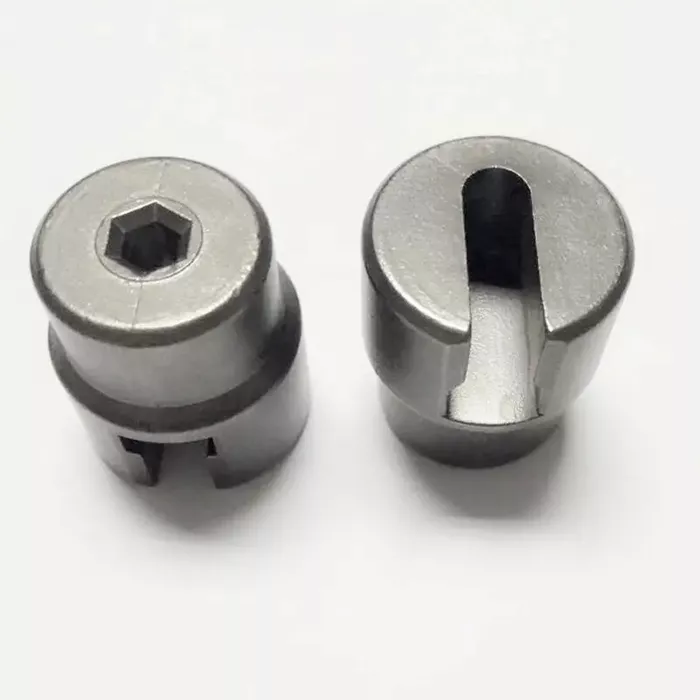
Technical Requirements for Investment Casting
Throughout the production process, precision casting solidifies its liquid immediately at room temperature and pours the compound into its unique die casting di...
-
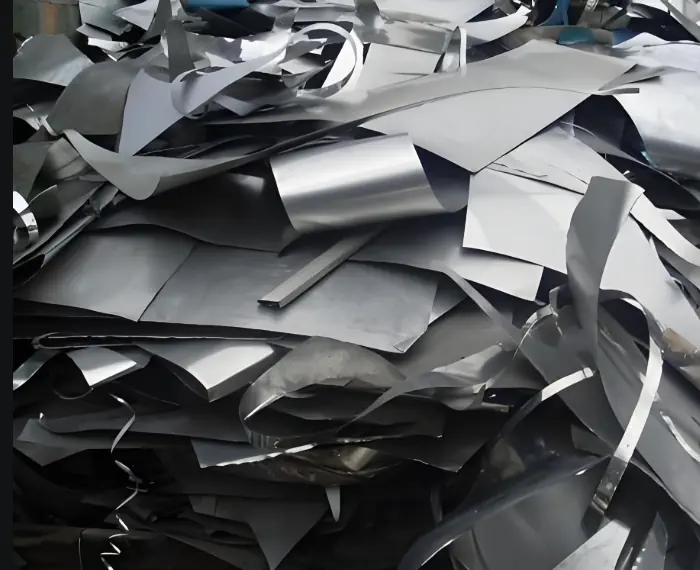
How to Categorize Scrap Steel for Foundry Use?
Comprehensive Guide to Scrap Steel Classification and Distinctions in the Foundry IndustryUnderstanding the classification and proper handling of scrap ste

